
Happy Minot Monday! Today’s post is all about Scandinavian holiday foods. Read on to see why that qualifies for a Minot Monday post. And remember, these posts about life in Minot are made possible through a partnership with BeLOCAL Minot–a guide to living like a local. It’s full of local favorites and gems, and their Instagram page (and stories) are a great source for local happenings and living tips. Be sure to check them out and give them a follow.
The “big food” holidays are nearly upon us. Gatherings may be different this year, but that’s no reason to skimp out on preparing and sharing good food. If you are a transplant to Minot, this is a golden opportunity for you.
Your friends and family may give you a hard time about living in a place with subzero wind chills, or tease you about your town being “the worst assignment in the Air Force…” But you know better. You know Minot is a gem. You know this place is weird in the best way and that deep down, everyone else is jealous that you’re on such a great adventure.
When it comes time to gather round the table with your family (of no more than 10, of course) or to pack up holiday treats to mail off to friends, take this moment to wow them with one of these Scandinavian holiday foods that regularly grace a Minot table in the coldest months of the year.
I’ve rounded up 10 recipes for Scandinavian holiday foods that are also uniquely Minot. I hadn’t heard of any of these until I moved to Minot, now I’ve eaten *most* of them and even cooked a few in my own kitchen. Embracing local culture and heritage has deepened my love for our town, and made our time here even sweeter.
Between now and New Year’s I’ll be baking through as many (but not lutefisk) on this as I can. Follow along on Instagram to see how they turn out!
Sandbakkels
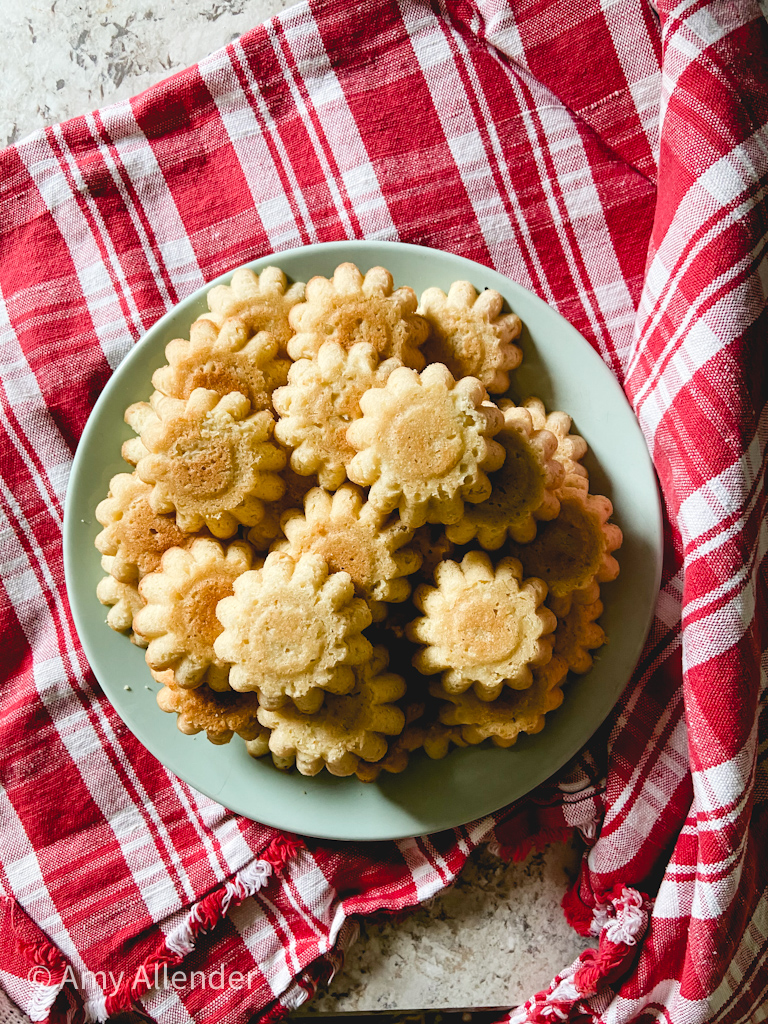
“Sandbakkels’ (meaning sand tarts) are a Norwegian sugar cookie. They are a Christmas tradition in many families.”
Wikipedia
Sandbakkels are the first Scandi-treat I baked this season. A few years ago I was gifted sandbakkel molds, but I still haven’t perfected them. They are easy to make and taste delightful, but I have a knack for over filling the molds and making them a little too thick. If you are looking for something simple to try, this is a good place to start.

I use this recipe. But this one has better instructions and photos of the process.
Lefse
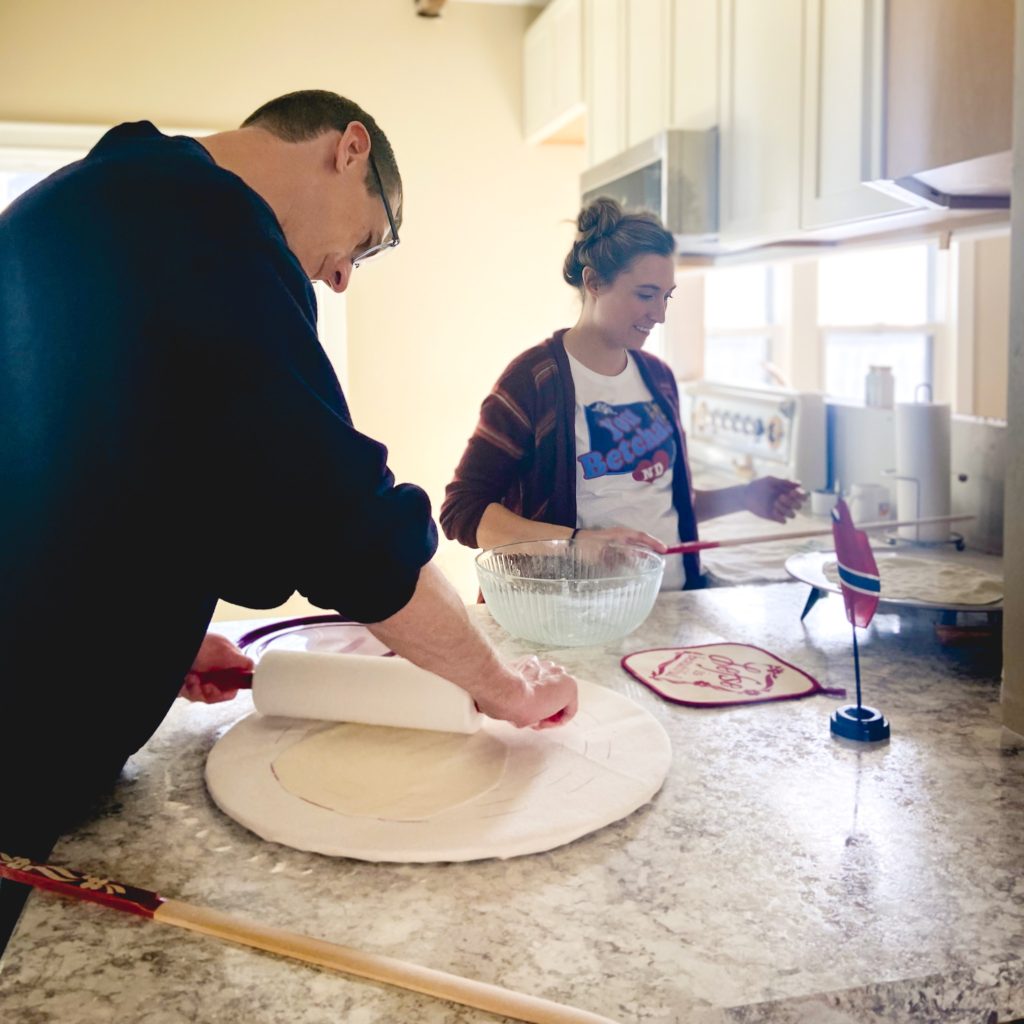
“Lefse is a traditional soft Norwegian flatbread. It is made with potatoes, flour, butter, and milk or cream. It is cooked on a large, flat griddle. Special tools are used to prepare lefse, including long wooden turning sticks and special rolling pins with deep grooves.”
Wikipedia /lefse
Lefse is a big deal around here. So big, I dedicated an entire Minot Monday post to it last winter. This recipe has great photos and instructions. You do need a few special tools to prepare it, so my best advice is to make friends with a local who has the supplies and can guide you through the process.
Rosettebakkels (Rosettes)
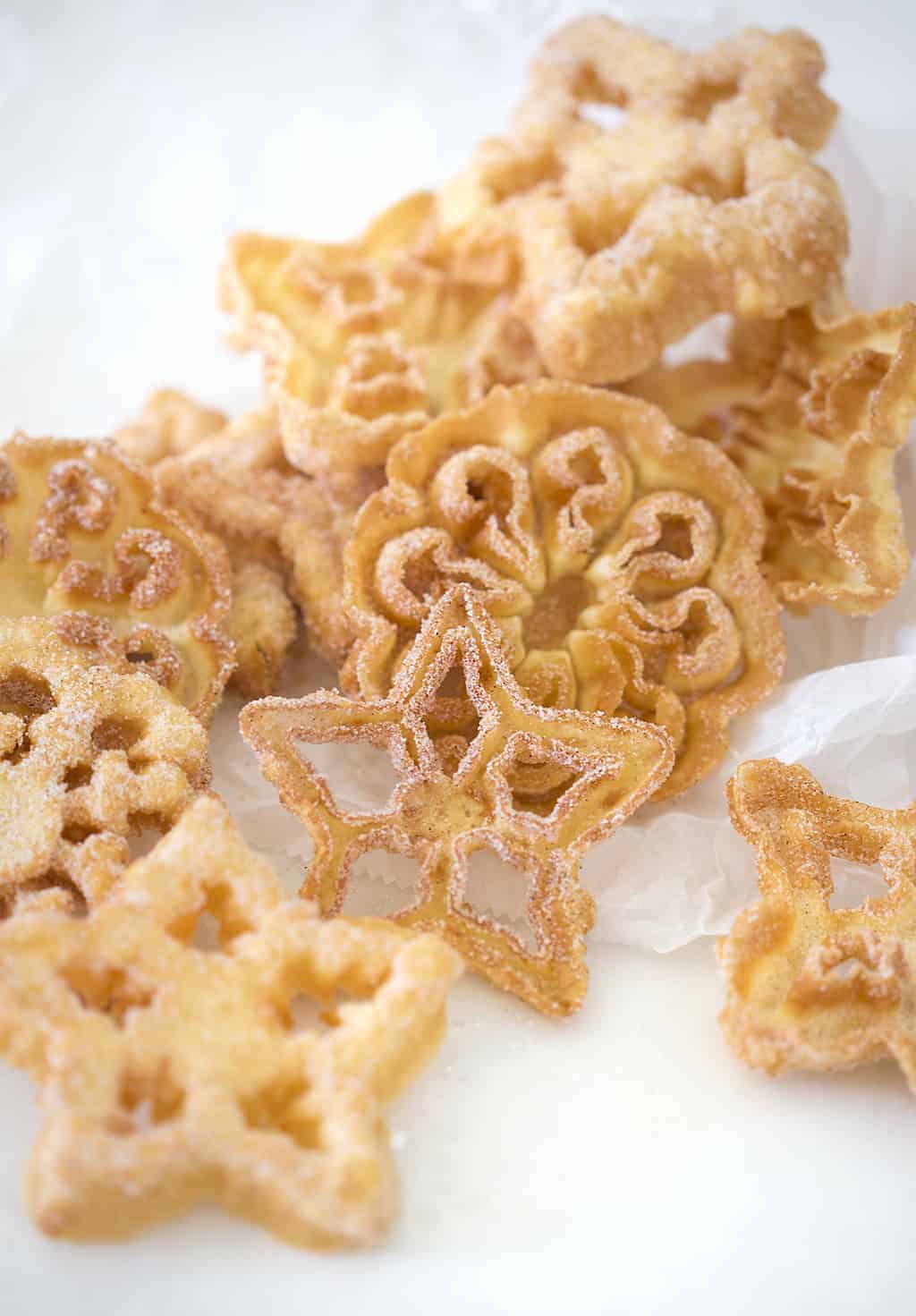
Rosettes are thin, cookie-like deep-fried pastry of Scandinavian origin. Rosettes are crispy and typified by their lacy pattern. They are traditionally made during Christmas time…They are made using intricately designed rosette irons.
Wikipedia
Here’s a recipe from Preppy Kitchen and one from the Sons of Norway.
Fattigmann

To many, fattigmann–which can be translated as “poor men”–are an essential part of Christmas, a requisite member of the syv slags kaker, or seven sorts of Norwegian Christmas cookies. These represent an important element of the baking tradition in that they’re fried.
From Outside Oslo
Fattigmann is definitely on my list of “to-bakes” this season. I LOVE this article from Outside Oslo. She clearly explains the nostalgia behind fattigmann and the different types of Norwegian Christmas cookies.
Her recipe for fattigmann is clear and it’s the one I’ll be trying out.
Krumkake

Krumkake is a Norwegian waffle cookie made of flour, butter, eggs, sugar, and cream…a special decorative two-sided iron…is traditionally used to bake the thin round cakes.
Wikipedia
To make krumkaka, you’ll need a special iron. You can find one here (or make friends with a local who owns one.) Here’s a recipe from Lefse Time and a recipe from Sons of Norway.
Skolebrød

Skolebrød or Skolebolle is the Norwegian name for a type of sweet roll made from yeasted dough filled with custard and decorated with icing dipped in grated coconut. It was usually put in school lunches as a dessert or sold at bake sales, hence the name.
Wikipedia
Classically a favorite in the fall, Skolebrød’s deep aroma of cardamom–a perfect addition to chilly days and nights.
Outside Oslo shares this recipe for you to try out.
Pulla Bread
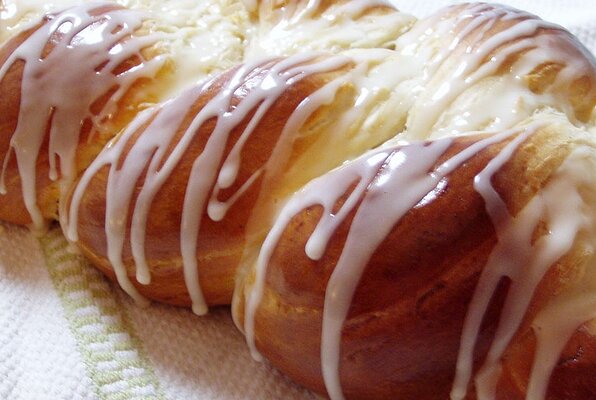
Pulla is a type of dessert or pastry flavored with cardamom. It’s served as coffee table treat with coffee or tea…Usually pulla is baked as a small brioche style or as a braided loaf.
Wikipedia
Pulla bread is not strictly a Scandinavian holiday food. However, because it can be highly decorative, it makes a great addition to a holiday table. Here is a classic recipe with lots of successful reviews.
If you want something more strictly Christmas, try this recipe for Julekaka (Christmas Bread) from Outside Oslo.

Kringla

These twisted sugar cookies don’t require any special tools, which makes them a great option if this is your first crack at making Minot holiday favorites. Here’s an easy recipe from Pillsbury.
Swedish Meatballs
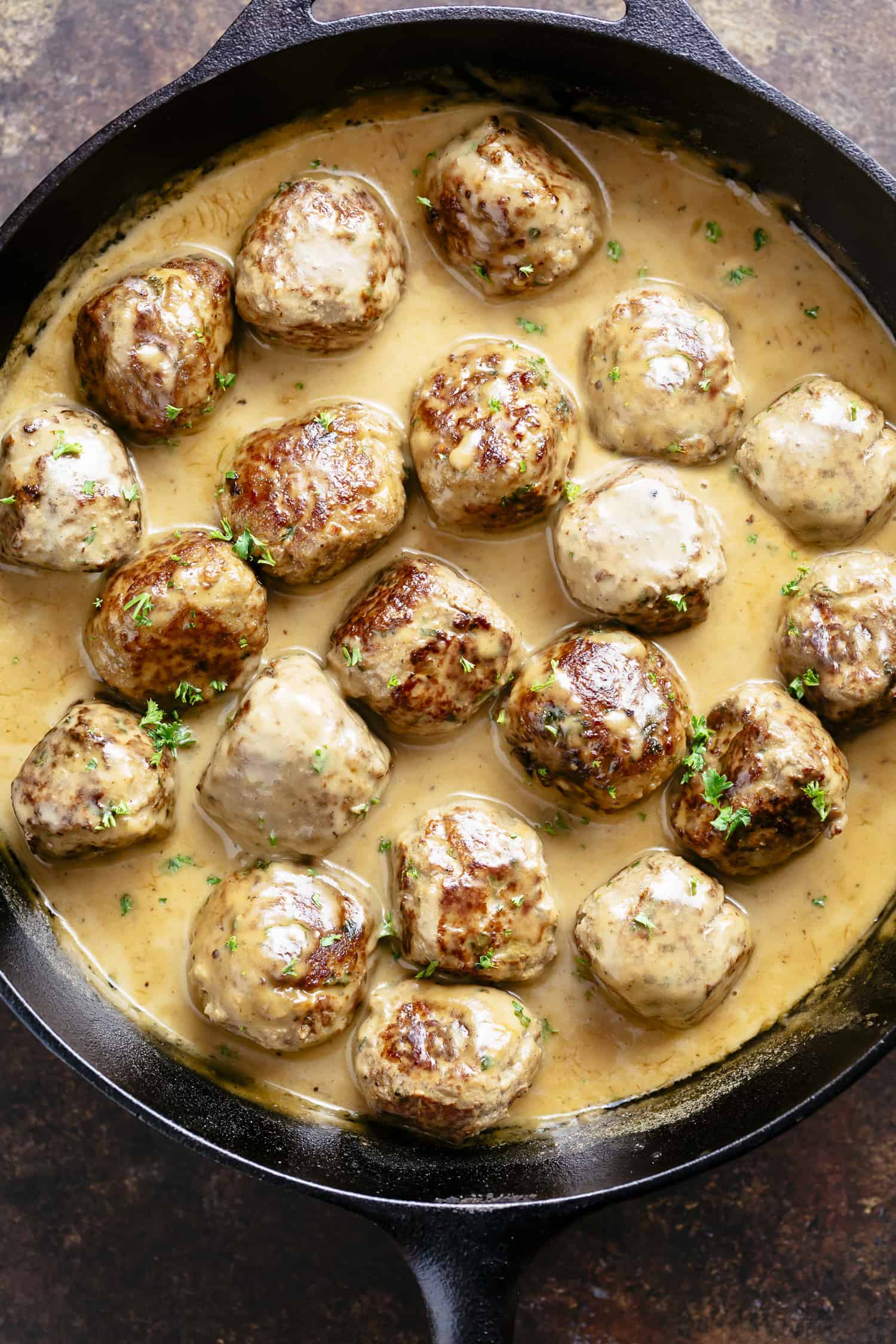
We’ll wrap up our list with a couple non-sweet Scandinavian holiday foods. The holidays in Minot won’t be complete until you’ve had a couple Swedish meatballs. A friend recommends this recipe–but her mom makes this note: “I have always rolled the meatballs and baked them in the oven instead of frying them. I always seem to break the meatballs trying to turn them while frying.”
Lutefisk

Lutefisk is dried whitefish. It is made from aged stockfish, or dried and salted cod, pickled in lye. It is gelatinous in texture after being rehydrated for days prior to eating.
Wikipedia
Lutefisk and meatball dinners are typically plentiful in Minot from October through January. (This year may be different due to the pandemic.) Making lutefisk is an intense process, so you probably won’t cook it yourself. However, you can take a look at this article describing the process. If you simply must taste it, you can buy some at local grocery stores.
Enjoy Minot with Scandinavian Holiday Foods
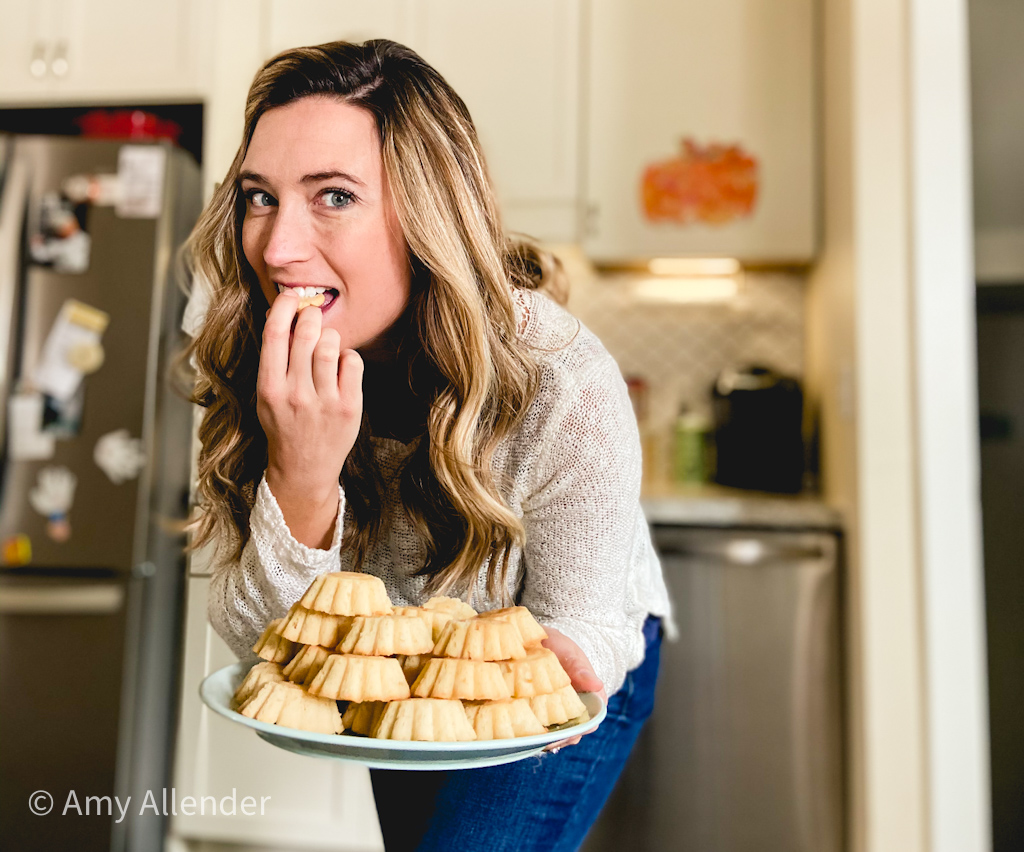
Try one or try them all. No matter what your holidays look like this year, make the most of your days in Minot by diving into the quirky culture you’ll find here.
For more on Minot life and intentional living inspiration be sure to join me on Instagram and Facebook. (Or join my email list below, so you never miss a post!) And be sure to follow BeLOCAL to and watch their stories for lots of good, local tips.



